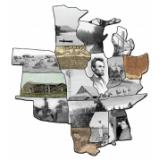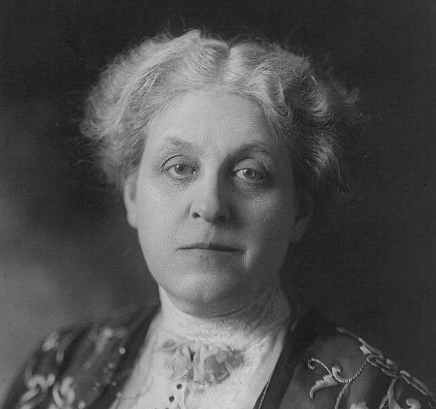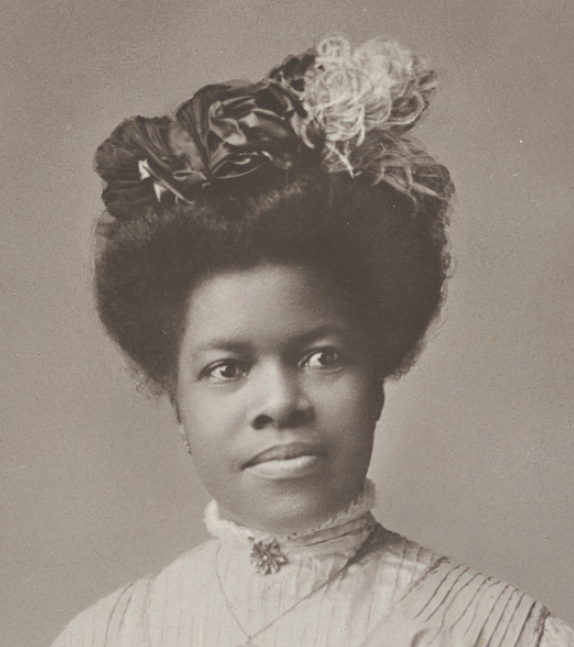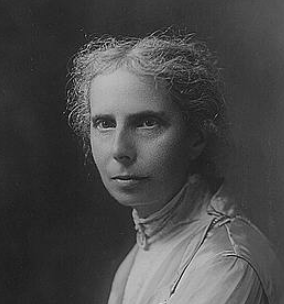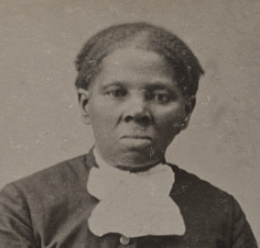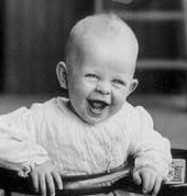The Minnesota Historical Society (Inquiry in the Upper Midwest project) is proud to share our most recent grant project: Empowering Communities with Local History. This program aims to develop elementary school teachers to find local, reputable primary sources that they can use with their students to learn about the history of their communities in connection with larger events and turning points required by new social studies state standards. In a series of four presentations, trainers instruct teachers in finding and evaluating primary sources, uncovering local stories through which students can study national and international historical events, and centering stories and histories that have been marginalized, erased, or ignored to create a more community-driven classroom, providing opportunities for students and teachers to unite with community members to tell their stories and advocate for their future. Ultimately, this project will develop a process for finding local history sources that can be replicated across the state and the TPS consortium through future grant-funded projects by the TPS Midwest Region as well as potentially the East and West Regions.
---------------
Here's a snippet from one of our sessions:
We started with this image from the Library of Congress (also part of our Youth Movements primary source set):

Clinton, TN, school integration conflicts
After engaging in an "Observe - Reflect - Question" analysis, we made connections. As Minnesotans, we may think of the Civil Rights Movement as something that took place far away in the Southern states. Students may not see a personal connection to their place and history here. How can we connect this to St. Paul?
Enter local community organizations! Here are two primary source photographs to enrich understanding:

NAACP members picketing outside Woolworth's for integrated lunch counters, St. Paul.
One way Minnesotans participated in the Civil Rights Movement was through boycotts. Woolworth's lunch counters in Minnesota were integrated, but these NAACP members in St. Paul still picketed to push the company to integrate their stores nationwide.

“NAACP Youth Group,” circa 1960. Courtesy of Hallie Q. Brown Community Archives.
Searching a local community organization, the Hallie Q. Brown Community Archives, pulled up this photo. From left to right, the young men are Sandy Stephens, Ronnie Harris, and Judge Dickson. Further digging suggests all three were football players at the University of Minnesota!
These stories can connect students in St. Paul, Minnesota to the nation-wide Civil Rights Movement, making it come alive!
---------------
What are your experiences with teaching local history with primary sources and community organizations? What questions or ideas do you have?
Contact: Meghan Davisson
3 - 5 Pre K - 2 Social Studies/History Primary Sources Local History
Replies displayed by creation date
 Meghan Davisson
, I think everyone in the TPS Teachers Network would agree that the local history connection is often the personal connection spark that can light up a lesson...or a whole school year!
Meghan Davisson
, I think everyone in the TPS Teachers Network would agree that the local history connection is often the personal connection spark that can light up a lesson...or a whole school year!
I'd like to encourage members of the Network to share their many local history teaching experiences in the comments, as Meghan has done. Just be sure to click on the JOIN button first so that you can add a comment.
 Meghan Davisson
I like your project, and believe it will benefit everyone! I was thinking about different databases and resources for your teachers. Several resources include the National Register for Minnesota. https://mn.gov/admin/shpo/registration/nrhp/ They often maintain a list of projects that need more research before a place can be submitted.
Meghan Davisson
I like your project, and believe it will benefit everyone! I was thinking about different databases and resources for your teachers. Several resources include the National Register for Minnesota. https://mn.gov/admin/shpo/registration/nrhp/ They often maintain a list of projects that need more research before a place can be submitted.
Minnesota State Historic Preservation Office https://mn.gov/admin/shpo/ is another resource that you might want to explore if you are not already partners with them.
In the past, I have read about groups hosting a community gathering and inviting community members to bring stories and pictures of artifacts that could be scanned for further research. The hosting organization provided a meeting center, snacks, and people to record contact information and a thumbnail sketch of the information being shared. Keith Patterson from the Western Region may be able to tell you more about this type of event.
 Meghan Davisson The Montana Historical Society has a Hands-on History footlocker program https://mhs.mt.gov/education/HandsonHistory . One of the footlockers is "Oral History in the Classroom" https://mhs.mt.gov/education/Footlocker/OralHistoryUserGuide.pdf . I think your Historical Society offers something similar.
Meghan Davisson The Montana Historical Society has a Hands-on History footlocker program https://mhs.mt.gov/education/HandsonHistory . One of the footlockers is "Oral History in the Classroom" https://mhs.mt.gov/education/Footlocker/OralHistoryUserGuide.pdf . I think your Historical Society offers something similar.
I would love to see your working resource list if you have already developed one for your teachers. I am sure other teachers would find it helpful here on the network.
Thank you for your suggestions! Yes, MNHS had an interactive called "What's In My Footlocker?" to explore stories about the Civilian Conservation Corps. It has recently been archived, unfortunately, during a website redesign. I do not know if it will be resurrected but I hope so.
I am currently working on a sharable resource for the network that includes the resources we compiled for our teachers. I am hoping to have it ready by the end of the summer. Stay tuned!
Testimonials
- I love that there is new info on the site daily!
- I had a wonderful time working with the Library of Congress and learning about all of the resources at my fingertips!
- The TPS Teachers Network has an equal exchange of ideas. You know it's not a place where you're being judged.
- My colleagues post incredibly fine resources and ideas....the caliber of the suggestions and resources make me feel that I take a lot from it. It's a takeaway. And I hope that I can give back as much as I get.
- Going into this school year, I have a fantastic new resource for my own instruction and to share with my colleagues!
- I am very glad that I discovered the TPS Teachers Network through RQI. Great resources can be hard to find out there on the internet!

